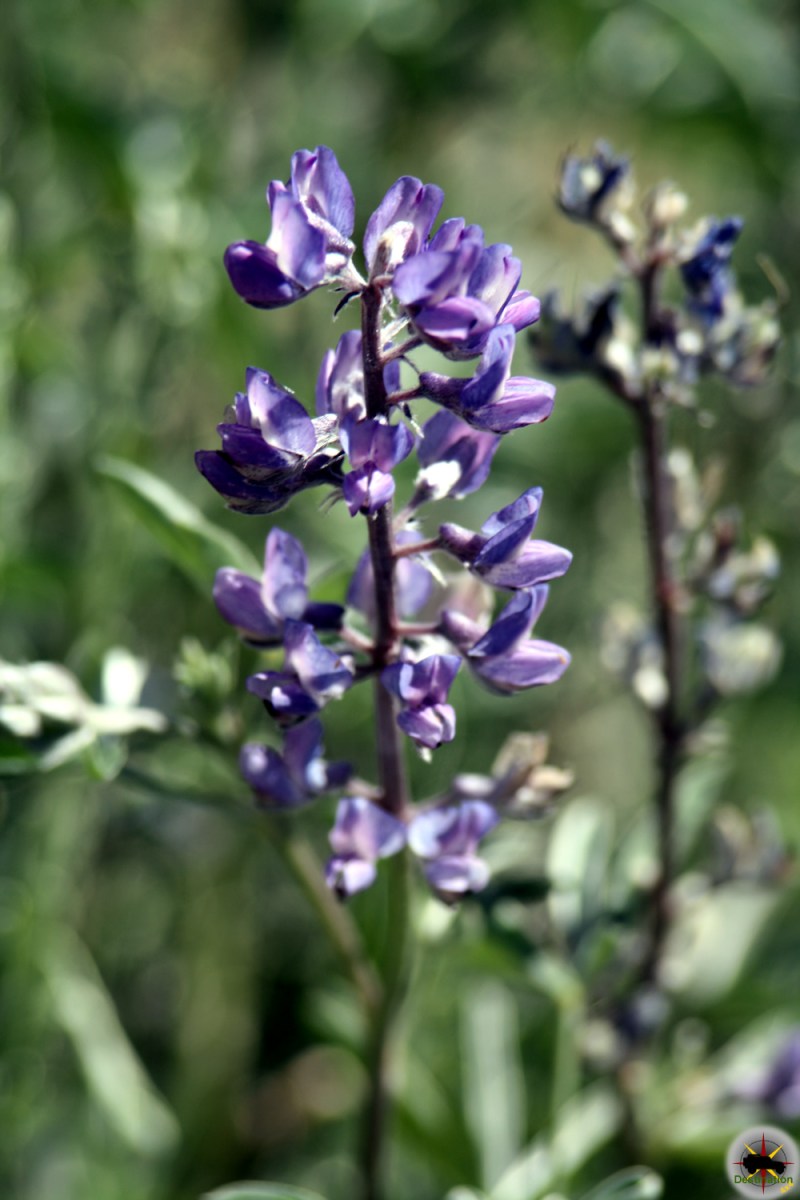Fremont’s Phacelia (Phacelia fremontii) is a small delicate looking flowering plant commonly commonly found in the southwestern United States including Nevada, Arizona and California. The flower is named for John C. Fremont who was the 5th Governor of the Arizona Territory as well as a soldier, explorer and first Republican Candidate for President of the United States.

The Phacelia is a small annual plant which only grows to a height of 12 inches. The small flowers are funnel or bell shape and typically blue or lavender with a yellow throat and between 7 and 15 mm in size. The throat is typically crossed with purple veins to offer a wonderful contrast against the yellow throat. The deeply lobbed leaves are oblong in shape.

Fremont’s Phacelia is known to grow in the Mojave Desert, Sierra Nevada and the above photograph was taken in Valley of Fire State Park near the Lake Mead National Recreation Area. The little plant commonly grows in gravelly or sandy soils and flowers between March and June each spring and may be found at elevations up to 8000 feet.





